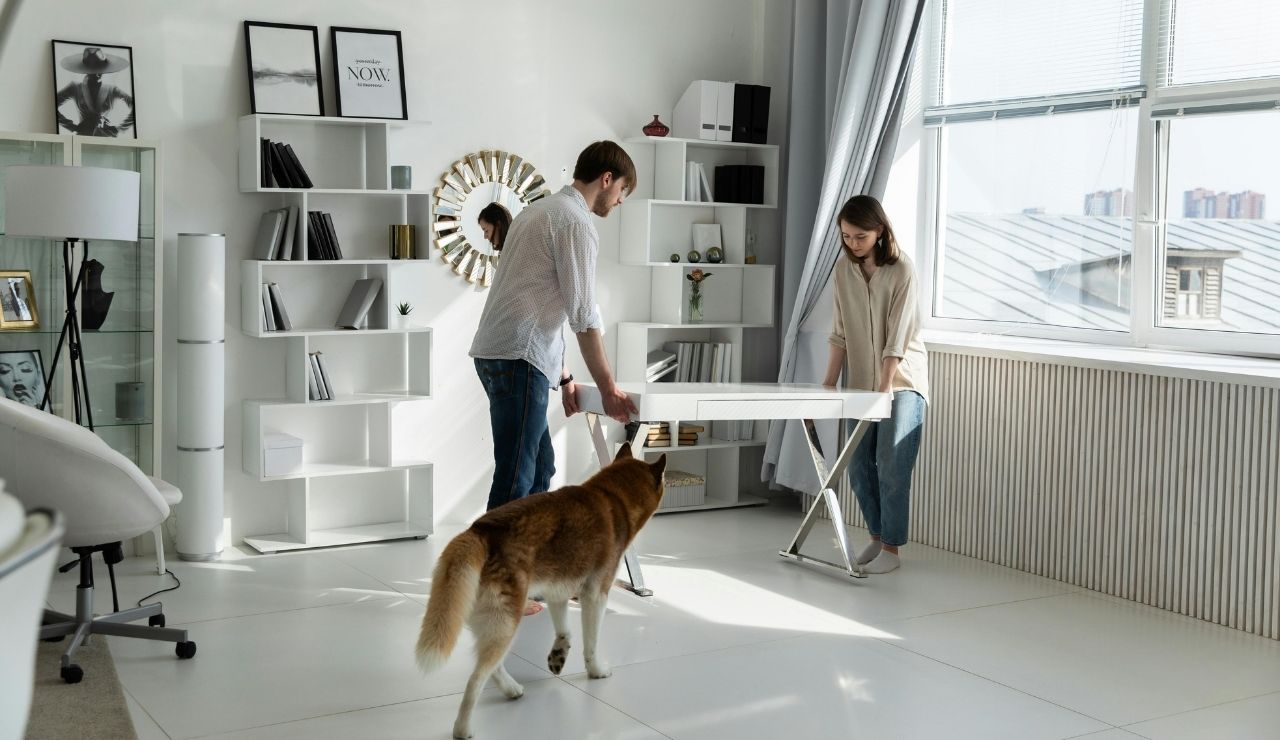Setting up your own room or dorm space is exciting, but it comes with challenges. Many teens focus on how things look instead of how they function. A space that feels messy, uncomfortable, or incomplete often comes down to simple organizing mistakes. Learning what to avoid can help make your space both practical and personal from the start.
1. Ignoring Daily Habits
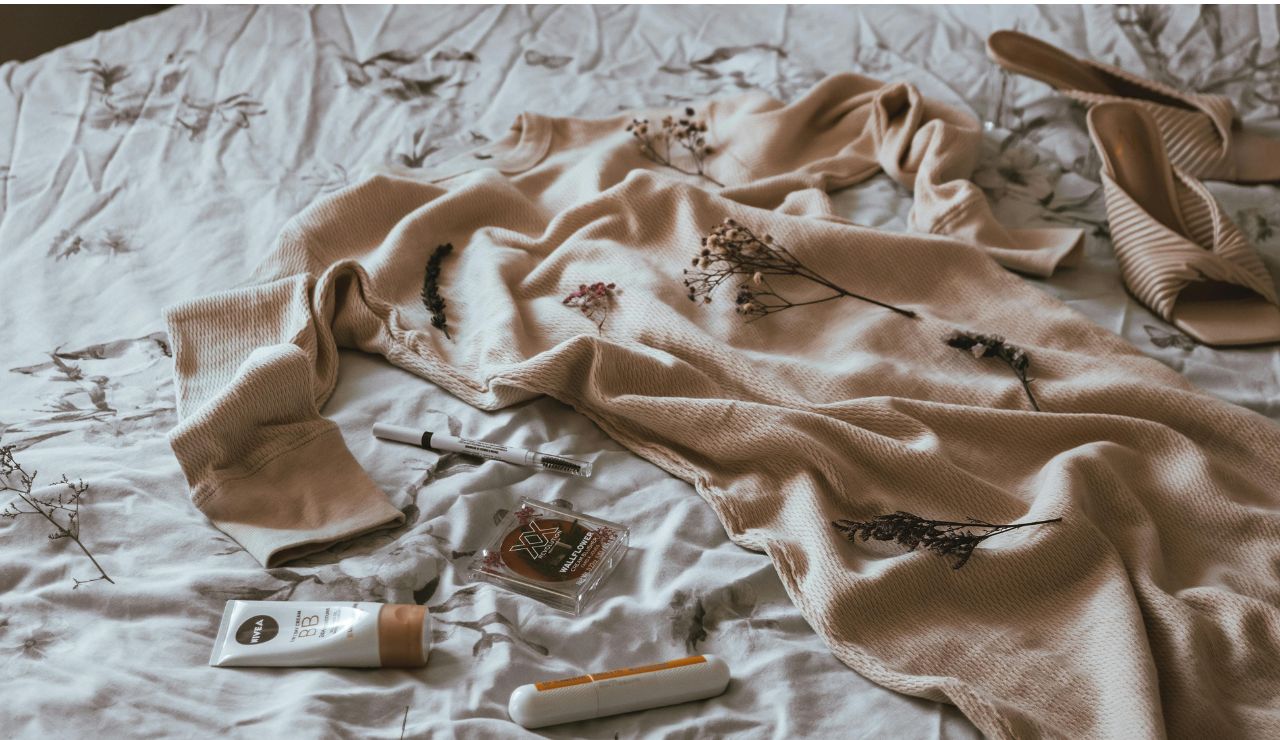
Many teens design their room based on how it looks, not how they actually live. If you toss your backpack on the floor or change clothes right by the bed, your space should reflect those habits. Ignoring these patterns can lead to clutter and frustration. Organizing starts with knowing your routine and placing furniture, bins, or hooks where you naturally use them.
2. Overstuffing the Space
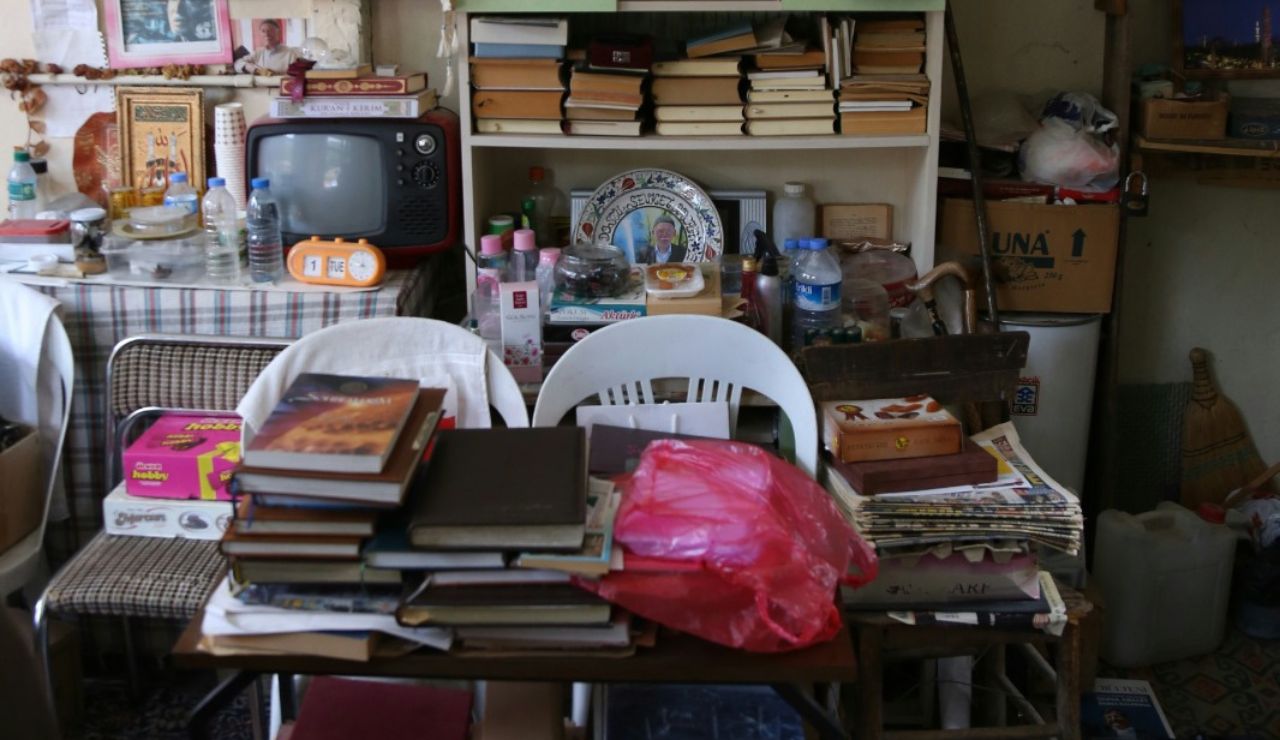
Trying to fit everything you own into one room often makes it feel cramped and chaotic. Teens tend to pack in furniture, decorations, and random items without thinking about space flow. Keeping only the essentials and leaving open floor areas can make the room feel bigger and more peaceful. Less stuff often leads to more comfort and clarity.
3. Skipping Storage Planning
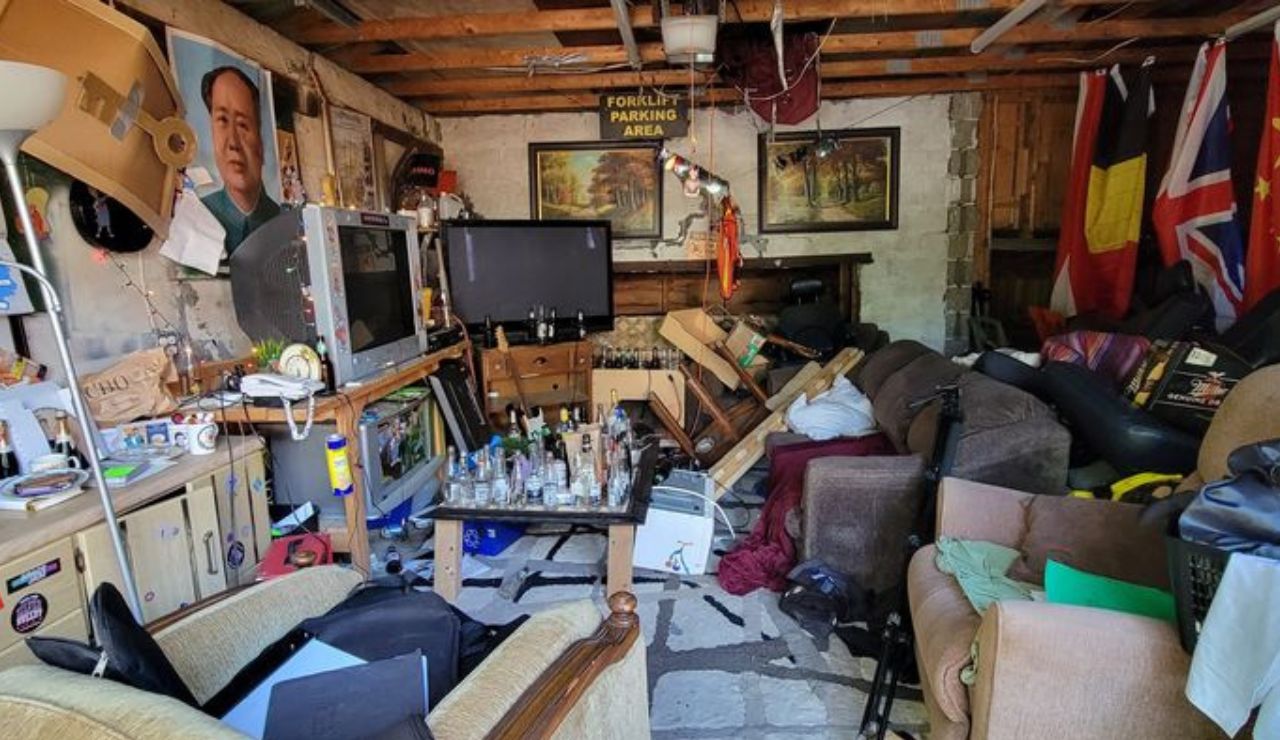
A room without proper storage quickly turns messy. Teens often overlook where things will go until it is too late. Drawers, under-bed containers, and shelf bins help give every item a home. Planning ahead for where clothes, tech, or school supplies will live keeps the room from turning into a dumping ground over time.
4. Forgetting Vertical Space
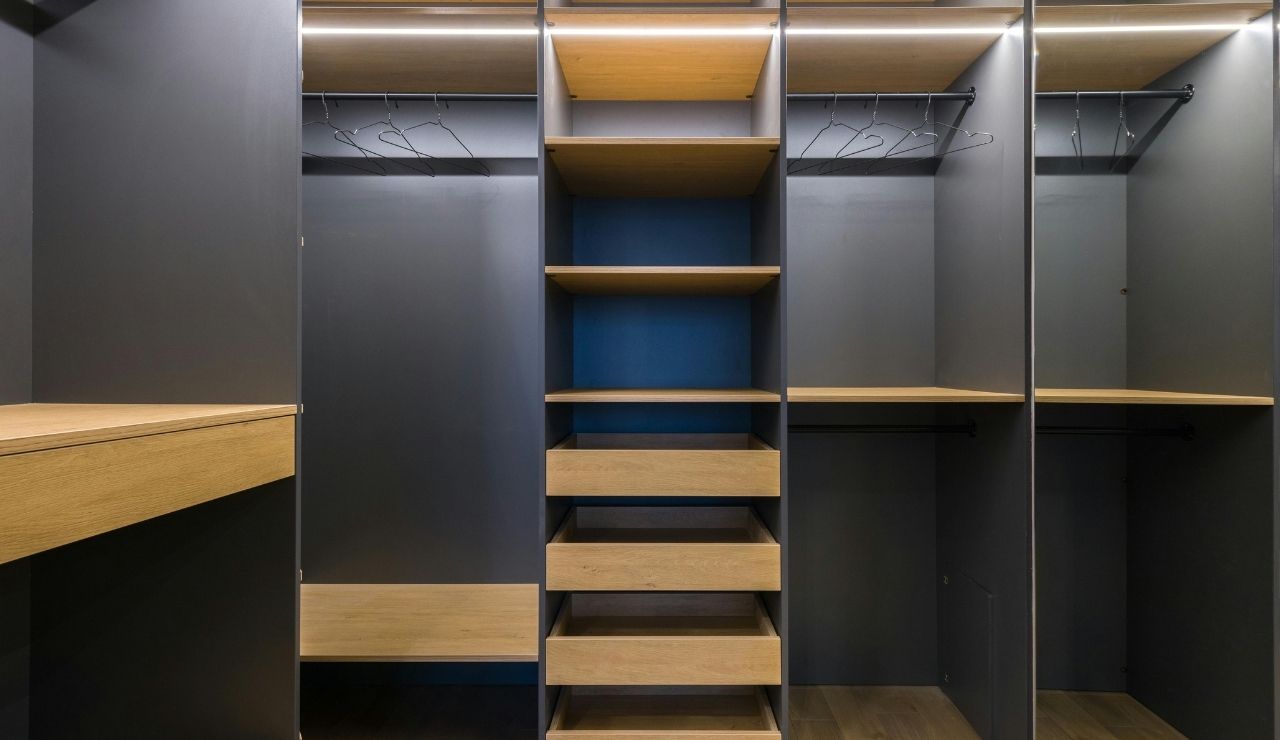
Many teens focus only on floor-level storage and miss out on wall space. Walls can hold shelves, hooks, or pegboards to keep things off the ground. Using vertical space helps free up the floor and adds function without making the room feel packed. It is especially useful for smaller rooms or shared spaces with limited layout options.
5. Neglecting Lighting Options
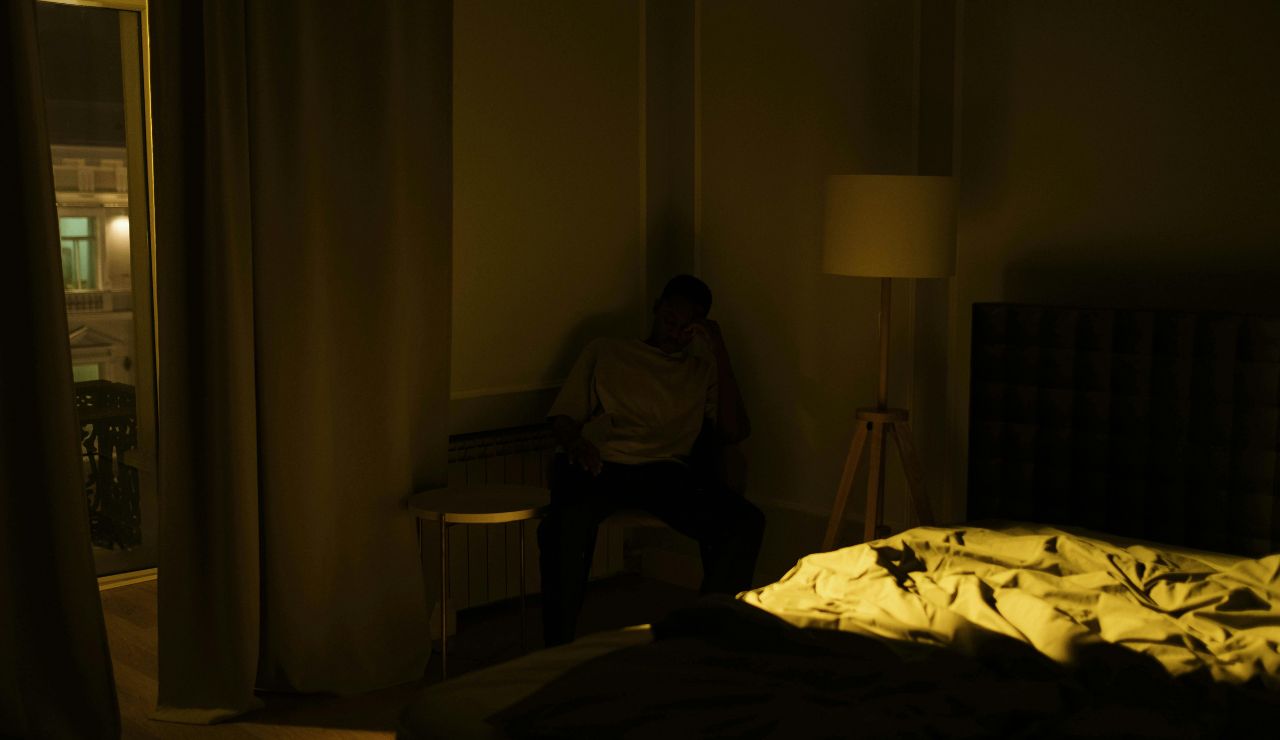
One overhead bulb is not enough. Teens often forget how much lighting shapes mood and function. Without task lights or cozy corners, the room can feel dull or hard to use. Adding a desk lamp, a soft light for relaxing, or string lights can transform how the space feels and works at different times of day.
6. Choosing Style Over Comfort

Aesthetic trends might look great online, but copying them without thinking about comfort can backfire. A stiff chair, scratchy bedding, or awkward desk setup might match the vibe but not your needs. Teens often forget that a room should feel good to live in. Comfort matters more than a perfect photo, especially if you spend hours there each day.
7. Leaving Cables Unmanaged
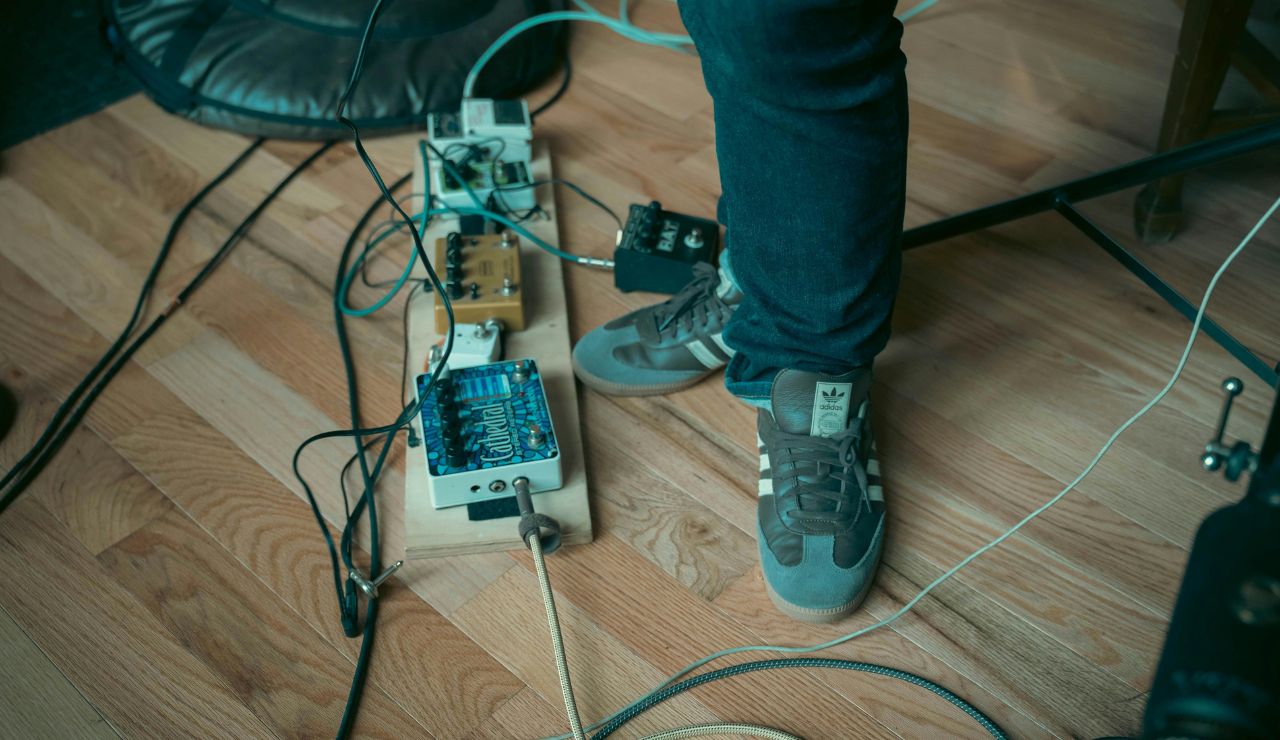
Chargers, speakers, and other devices create cable chaos fast. Many teens ignore this mess until it becomes a trip hazard or ruins the room’s look. Using clips, sleeves, or boxes to hide and route cords keeps things neat and safe. Organized cables not only look cleaner but also make it easier to plug in and unplug as needed.
8. Underestimating Maintenance
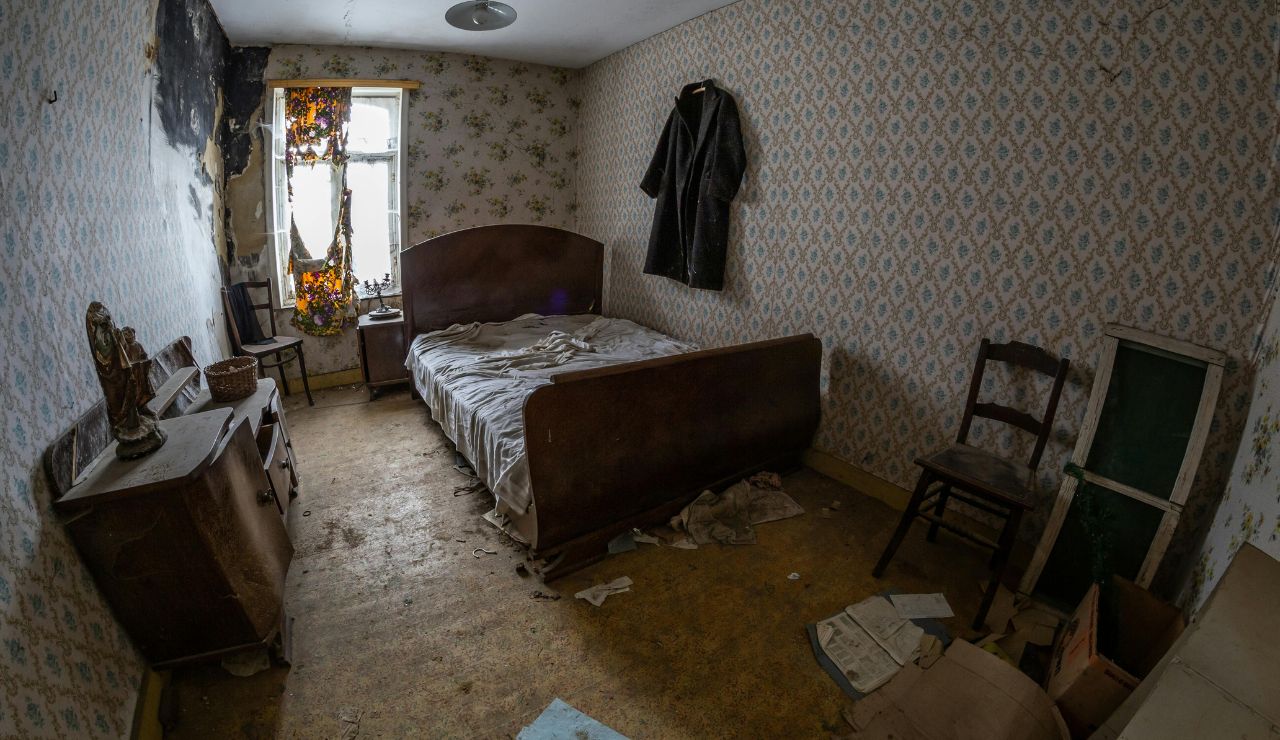
Many teens organize their space once and then forget about upkeep. Over time, even a well-planned room gets messy without regular attention. Failing to tidy up small areas like desks or drawers can lead to bigger problems. A quick daily reset or weekly check-in helps keep the space functional and avoids the need for a full reorganization later.
9. Not Making It Personal
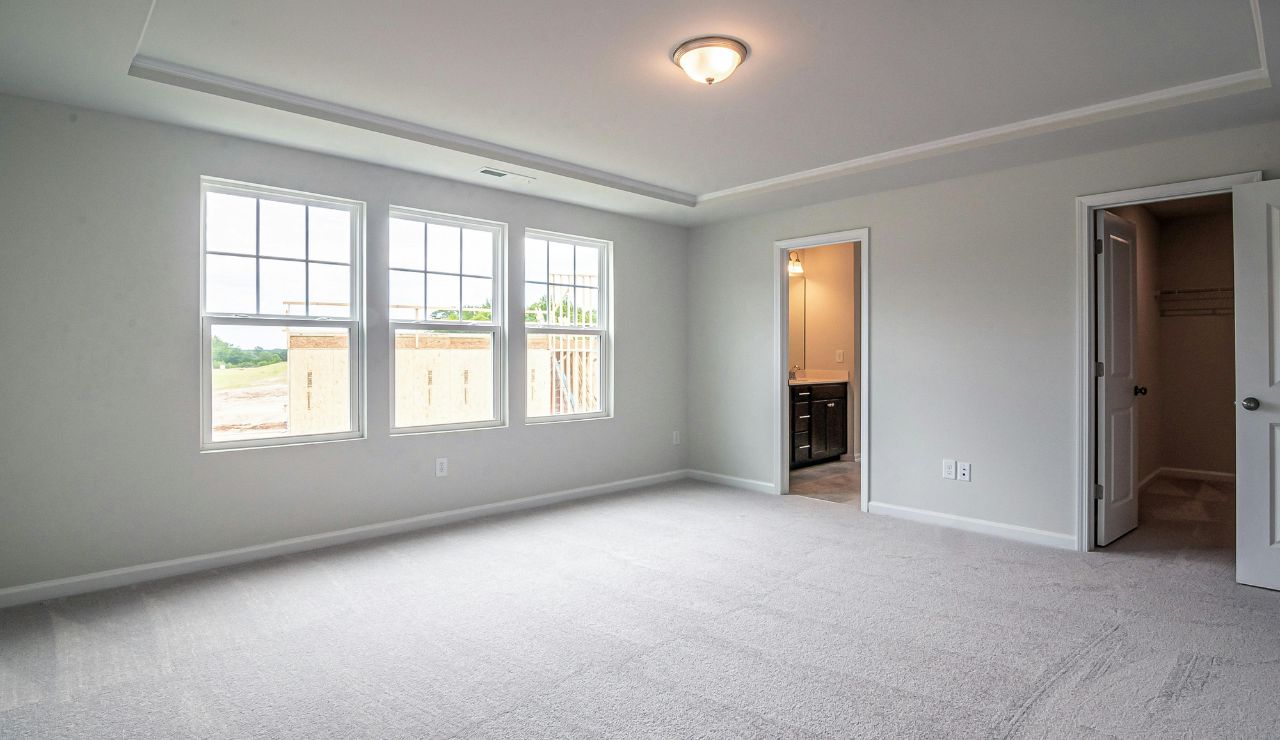
Trying to copy a Pinterest room without adding your personality makes the space feel bland. Teens sometimes fear adding personal touches, but a room should reflect your story. Photos, artwork, or a shelf of favorite things can make the space feel like yours. Without that personal layer, even a clean room can feel cold or unfinished.
10. Not Thinking About Cleaning
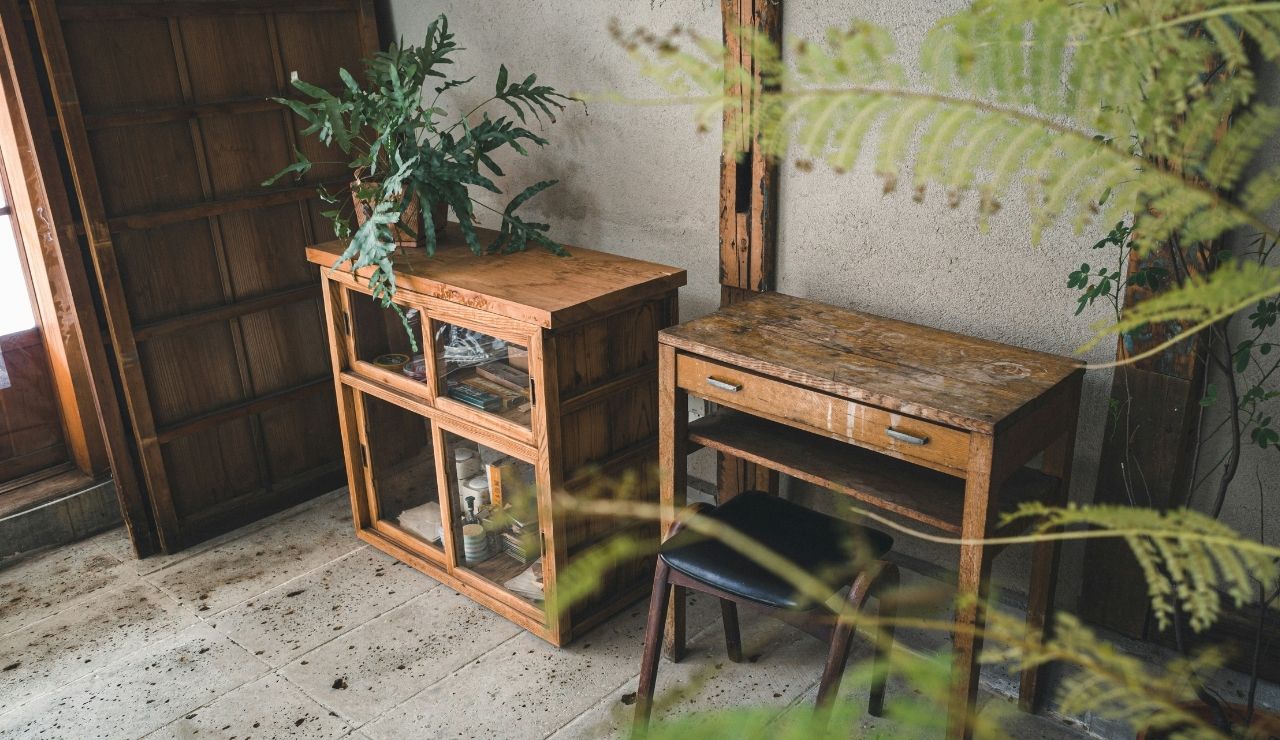
If something is hard to clean, it often doesn’t get cleaned at all. Teens sometimes choose rugs, bedding, or furniture that look great but collect dust or take too much effort to maintain. Easy-to-clean surfaces and washable fabrics save time and reduce mess. A space that’s easy to clean stays organized longer and feels more inviting every day.
